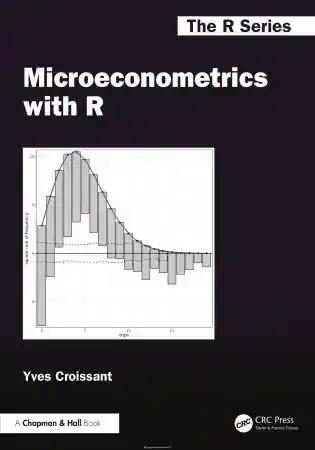
Beyond the Keynesian Endpoint
- Length: 304 pages
- Edition: 1
- Language: English
- Publisher: FT Press
- Publication Date: 2011-11-03
- ISBN-10: 0132595214
- ISBN-13: 9780132595216
- Sales Rank: #2933785 (See Top 100 Books)
Beyond the Keynesian Endpoint: Crushed by Credit and Deceived by Debt — How to Revive the Global Economy
During the Great Depression, legendary British economist Keynes advocated using government money to fill the economic void until consumer spending and business investment recovered. But what happens when governments can’t do that anymore? You’ve arrived at “The Keynesian Endpoint”: when the money has run out before the economy has been rescued. That’s where we are. Exhausted balance sheets leave policy makers with few viable options to bolster economic growth; increasingly, they point leaders and citizens towards brutal choices that were previously unimaginable. Meanwhile, investors struggle to navigate volatile markets overwhelmed by sovereign debt—and, as they do, they lose tolerance for fiscal recklessness.
In the U.S. and around the world, debt-fueled spending programs devised to cure the global financial crisis are now morphing into poison. In Beyond The Keynesian Endpoint, PIMCO Executive Vice President and market strategist Tony Crescenzi illuminates the mounting sovereign debt crisis, dissects each of the many scenarios now swirling around it, and reveals the profound implications for governments, investors, and the world economy.
Most Helpful Customer Reviews
This is a well written book. It begins by telling us laypeople just what the Keynesian Endpoint is and then how we (or any nation) reached this point in our economic history. Then he tells us the ramifications of having reached this KEP and finally some ways individuals can protect themselves from the position in which we have found ourselves. The author seems to be writing from an Austrian school viewpoint and insightfully lays out the causes of our present economic problems and goes further to address some ways out.
Keynes argued essentially that in times of economic downturn that government spending money obtained by borrowing would cause a multiplier effect on the economy thus pulling it out of recession.
Crescenzi sets forth to show us what has happened to our economy and why the Keynes theories won’t/ can’t work in the future. First he shows how we reach the KEP where there is no longer money on our balance sheets to borrow and spend.
Chapters 2-8 tell us how we have gotten ourselves into this mess at the KEP through such things as Consumption Binging, Public Employee Unions with their profligate demands and excess power, Political dishonesty, Ponzi Schemes like QE I and QEII, and finally Age Warfare and as he calls it Gerontocracy.
Chapter 8 attempts to tell why with all of us having much more disposable income than our parents we all feel like we don’t have enough and thus the necessity for govt. to hide the costs of inter-generational debts.







